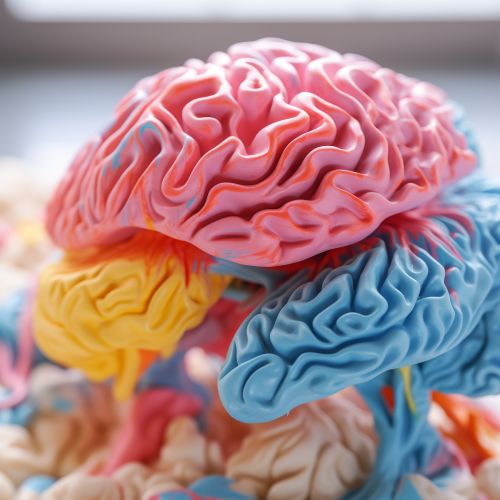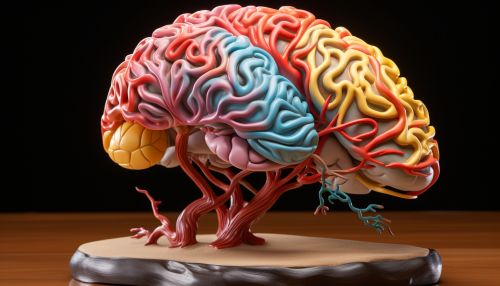Cognitive Mechanisms of Attention and Distraction
Cognitive Mechanisms of Attention
Attention is a cognitive process that allows individuals to focus on specific stimuli or tasks, while ignoring irrelevant information. It is a fundamental aspect of human cognition and plays a crucial role in our ability to process information and interact with the world around us.
The cognitive mechanisms of attention involve several brain structures and neural networks. The prefrontal cortex, the anterior cingulate cortex, and the parietal lobe are among the key brain regions involved in attention. These areas work together to select and prioritize sensory information, control our responses, and maintain focus on tasks.


Attention can be divided into two main types: selective attention and divided attention. Selective attention refers to the ability to focus on a single stimulus or task while ignoring other stimuli. This type of attention is crucial for tasks that require a high level of concentration, such as reading or listening to a lecture. On the other hand, divided attention involves the ability to focus on multiple stimuli or tasks at the same time. This type of attention is often used in multitasking situations, such as driving while talking on the phone.
The cognitive mechanisms of attention are also closely related to working memory. Working memory is a cognitive system that temporarily holds and manipulates information for complex cognitive tasks such as learning, reasoning, and comprehension. It is often considered as the cognitive 'workspace' of the brain. The working memory and attention systems interact closely, with attention serving to select and prioritize information for further processing in working memory.
Cognitive Mechanisms of Distraction
Distraction is a cognitive process that interferes with attention and can lead to errors, mistakes, and decreased performance on tasks. It occurs when an individual's focus is drawn away from a primary task towards an irrelevant stimulus or task.
The cognitive mechanisms of distraction involve several brain structures and neural networks, many of which overlap with those involved in attention. The prefrontal cortex, anterior cingulate cortex, and parietal lobe are all involved in managing distractions. These areas work together to detect and respond to distracting stimuli, and to reorient attention back to the primary task.
Distractions can be either external or internal. External distractions are stimuli in the environment that draw our attention away from a task, such as a loud noise or a flashing light. Internal distractions, on the other hand, are thoughts or feelings that divert our attention from a task, such as worrying about an upcoming event or daydreaming.
The cognitive mechanisms of distraction are also closely related to working memory. Distractions can interfere with the functioning of working memory by taking up cognitive resources that could otherwise be used for the primary task. This can lead to errors and decreased performance on tasks.
Interaction Between Attention and Distraction
The cognitive mechanisms of attention and distraction are closely intertwined. Both processes involve similar brain structures and neural networks, and both play a crucial role in our ability to process information and perform tasks.
Attention and distraction can be thought of as two sides of the same coin. While attention allows us to focus on specific stimuli or tasks, distraction interferes with this focus. The balance between attention and distraction can have a significant impact on our cognitive performance.
For example, when we are highly focused on a task (high attention), we are less likely to be distracted by irrelevant stimuli. However, when our attention is low, we are more susceptible to distractions. This is why it is often harder to concentrate when we are tired or stressed.
Furthermore, the interaction between attention and distraction can be influenced by various factors, including individual differences, task characteristics, and environmental conditions. For example, individuals with a high capacity for attention are generally better at resisting distractions, while complex tasks and noisy environments can increase the likelihood of distraction.
